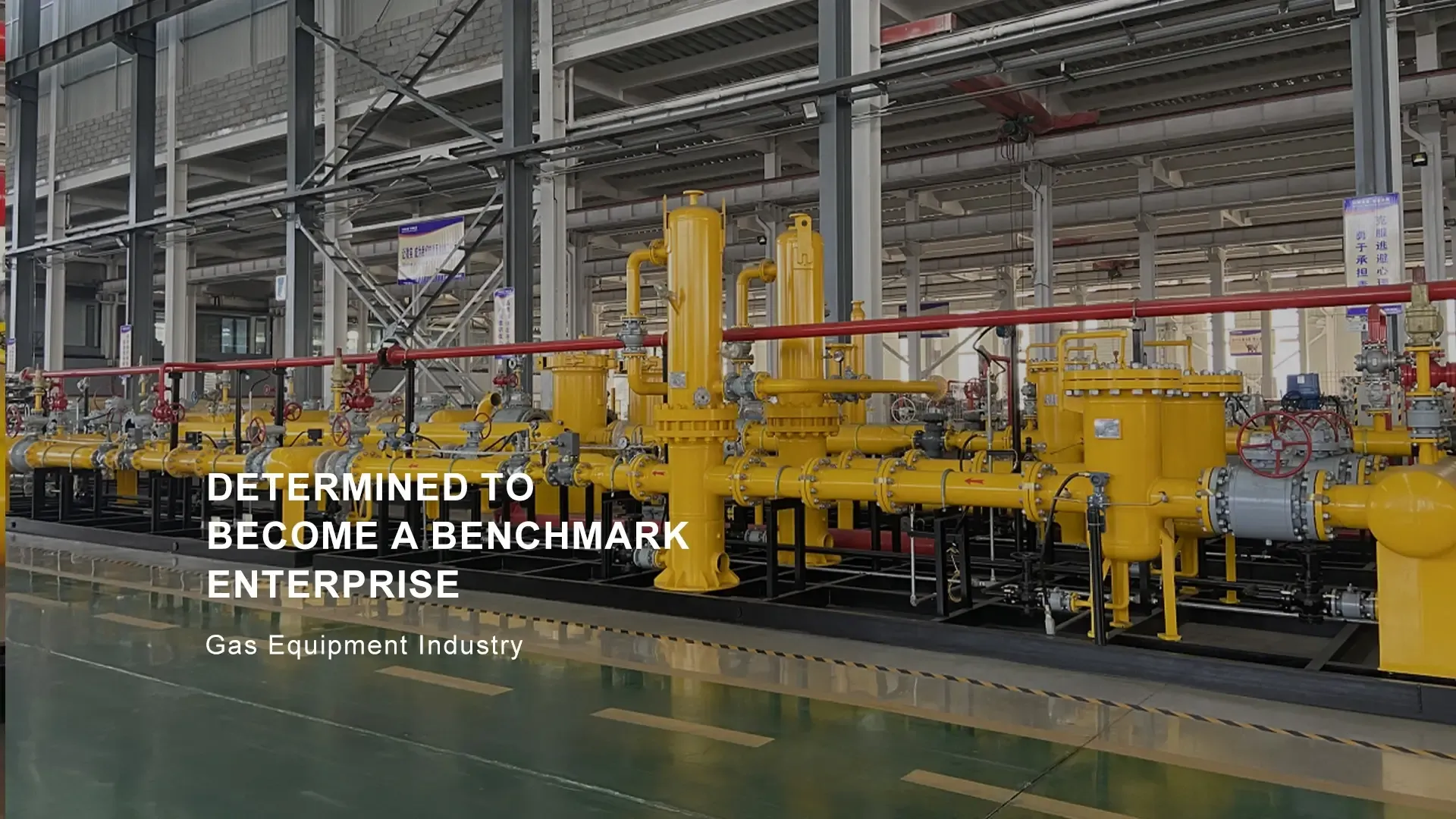
Nov . 23, 2024 12:58
Back to list
gasification equipment
Gasification Equipment Transforming Waste into Energy
Gasification is an innovative thermal process that converts carbon-based materials, such as biomass, coal, and municipal solid waste, into syngas (synthetic gas). This versatile fuel can be used for electricity generation, heating, or as a precursor for the synthesis of various chemicals and fuels. At the heart of this process lies a range of specialized gasification equipment designed to optimize the conversion of feedstock into syngas efficiently and sustainably.
Understanding Gasification Technology
Gasification operates at high temperatures (typically between 800°C and 1,200°C) in an oxygen-limited environment. This environment is crucial as it prevents complete combustion, which would result in waste rather than a useful product. Instead, feedstock undergoes a series of reactions, including drying, pyrolysis, oxidation, and reduction, ultimately producing syngas primarily composed of hydrogen (H2) and carbon monoxide (CO). The versatility of gasification enables it to utilize a variety of feedstocks, making it an attractive option for waste management and energy production.
Key Components of Gasification Equipment
1. Gasifiers The core component of any gasification system, gasifiers come in different designs—fixed bed, fluidized bed, and entrained flow. Each type has its advantages and is tailored for specific feedstock types. Fixed-bed gasifiers are suitable for larger, solid feedstocks, while fluidized-bed gasifiers excel with biomass due to their uniform temperature distribution and better heat transfer characteristics. Entrained flow gasifiers are designed for rapid processing of finely-ground feedstock.
2. Feedstock Preparation Units For efficient gasification, feedstock often requires preprocessing. This unit is responsible for size reduction, drying, and sometimes pelletizing biomass to ensure optimal feedstock characteristics for the gasification process. Proper feedstock preparation significantly enhances gasification efficiency and the quality of the produced syngas.
3. Air Separation Units (ASU) In some gasification setups, especially those aiming for high efficiency, air separation units are used to provide pure oxygen instead of using air. The presence of nitrogen in air can dilute the syngas, reducing the overall heating value. An ASU can efficiently separate oxygen from ambient air, providing a concentrated stream of oxygen for the gasification process.
4. Syngas Cooling and Cleaning Systems Once produced, syngas needs to be cooled and cleaned of particulates, tar, and other contaminants. Cooling can be achieved through heat exchangers, while cleaning systems utilize scrubbers, filters, and catalytic converters to purify the syngas. High-quality syngas is essential for downstream applications, whether for electricity generation, chemical synthesis, or as a fuel for engines.
gasification equipment

5. Syngas Utilization Systems After purification, the syngas can be utilized in various ways. It can be fed into gas engines for electricity generation, used in combined heat and power (CHP) systems, or further processed in chemical synthesis to create fuels like ethanol or biodiesel. Additionally, syngas can be transformed into methanol, a versatile building block for various chemical products.
Environmental and Economic Benefits
Gasification technology offers significant environmental advantages over traditional waste management practices. By converting waste into energy, gasification reduces landfill dependence, thereby decreasing greenhouse gas emissions associated with waste decomposition. Furthermore, the ability to utilize a wide array of feedstocks often turns waste into valuable resources, contributing to a circular economy.
From an economic perspective, gasification can provide renewable energy solutions while creating job opportunities in both construction and operation phases. The technology also provides energy security by diversifying fuel sources, particularly in regions reliant on imported fossil fuels.
Challenges and Future Prospects
Despite its benefits, gasification technology faces challenges that need addressing for broader adoption. Issues such as high initial capital costs, feedstock variability, and the need for advanced control systems complicate implementation. However, ongoing research and development efforts aim to improve the efficiency and reduce the costs of gasification systems.
As global energy demands continue to rise, and there is an increasing push for sustainable solutions, gasification technology remains a promising avenue for transforming waste into valuable energy while reducing environmental footprints. With continued innovation and investment in gasification equipment, the future holds the potential for a cleaner, more sustainable energy landscape.
In conclusion, gasification equipment plays a pivotal role in harnessing the power of diverse feedstocks to produce syngas, transforming waste into energy. As technology evolves, it promises to deliver economic and environmental benefits, paving the way for a sustainable energy future.
Next:
Latest news
-
Safety Valve Spring-Loaded Design Overpressure ProtectionNewsJul.25,2025
-
Precision Voltage Regulator AC5 Accuracy Grade PerformanceNewsJul.25,2025
-
Natural Gas Pressure Regulating Skid Industrial Pipeline ApplicationsNewsJul.25,2025
-
Natural Gas Filter Stainless Steel Mesh Element DesignNewsJul.25,2025
-
Gas Pressure Regulator Valve Direct-Acting Spring-Loaded DesignNewsJul.25,2025
-
Decompression Equipment Multi-Stage Heat Exchange System DesignNewsJul.25,2025

